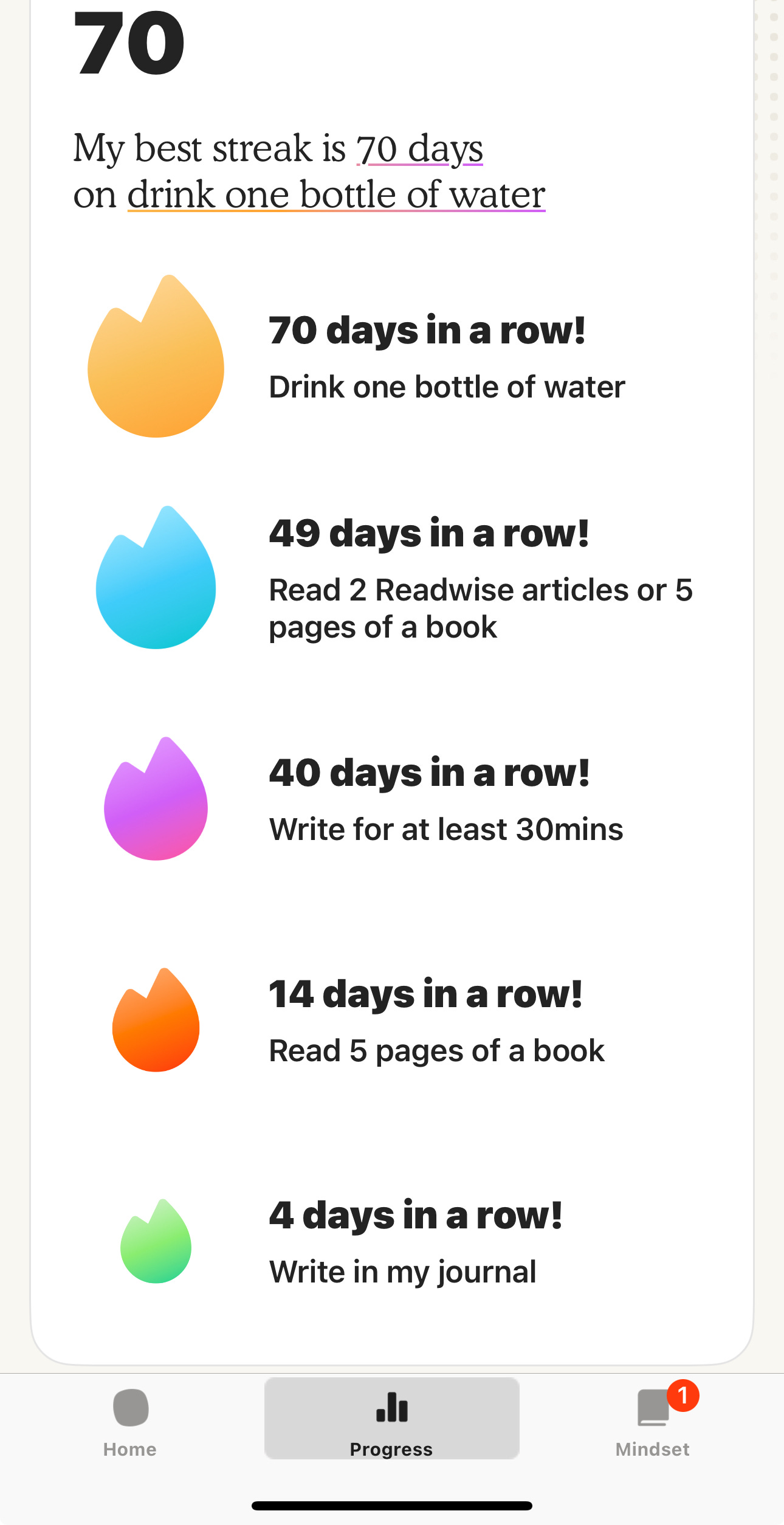79. There are four types of professional time. How do you spend yours?
A little while ago, I liked this Sahill Bloom tweet:
It made me assess how I currently spend my time.
This is what my typical week looks like:
Around 85% of my time is spent on management, 10% on creation, and the rest on consumption and ideation.
In today’s email:
Four types of professional time
What now?
Tips for improving your balance of time
1. Management time
Management time includes:
meetings
calls
email/slack management
team + people management
task management
Like most of us, I spend most of my working hours in management time.
While being productive and efficient, management time focuses on movement over progress.
It creates urgent work instead of producing meaningful work. The work that moves you towards your goals.
2. Creation time
Creation time includes:
writing
building
preparing
executing
This is the second most common type of professional time, but it’s not as prominent.
Creation time fills the gaps between Management time blocks.
Creation time is where net new progress is found because we focus on our most important goals.
The trouble is we don’t spend enough time creating.
As a result, it takes us longer to act on or achieve the important things (those goals I mentioned earlier).
3. Consumption time
Consumption time includes:
reading
listening
studying/learning
“Consumption time…is where new ideas for creation and growth are originally planted.”
- Sahil Bloom
Everything you create stems from something you consume (like this post!).
The content you consume has a direct impact on what you’re able to produce.
Quality input = Quality output.
4. Ideation time
Ideation time includes
Brainstorming
Journaling
Walking
Self Reflection
It’s where new ideas for creation and growth are developed.
Since joining the LITTA team, I’ve had little time for thought during the day. Everything is geared towards generating revenue.
As a result, I’m missing out on opportunities that need creative, non-linear thinking.
I used to take weekly clarity breaks to develop and think through new ideas.
A 30-60 minute block with nothing but a pen, notebook and coffee.
No phone, no distractions.
After a few minutes, ideas would start flowing, and I started connecting the dots.
What now?
If you’re interested in learning how you spend your time, here’s my suggestion - start using your calendar.
For the next couple of weeks, at the end of each day, colour code the events from that day:
Red: Management
Green: Creation
Blue: Consumption
Yellow: Ideation
At the end of the week, look at your mix of colours. What trends can you identify:
Which colour dominates your calendar?
Are the colours randomly organised?
Are there distinct windows for creation?
Do you focus on urgent work (management) before important work (creation)?
This simple exercise will give you a baseline for your professional time.
It gives you a starting point to find a more optimal balance of your time.
3 TIPS TO IMPROVE YOUR BALANCE
Tip #1: Batch Management time
Management time is necessary for most of us.
Calls, meetings, emails, and admin dominate our day. But, they make us feel busy and prevent real progress towards our goals.
Look at developing a batched schedule instead. Allocate blocks of time in your day when you handle major Management time activities.
I currently have three blocks for Management time:
8-9am (email + meetings)
12-2pm (email + meetings)
4-6pm (email).
My goal is to avoid a schedule where Management time takes over every day. By doing so, I can create space for other types of time.
Tip #2: Increase Creation time
Creation time moves us forward. It generates interesting projects and opportunities.
Schedule distinct blocks of Creation time into your calendar. They can be as short as 15 minutes, but you must stick to them.
Keep these blocks distraction-free - no phone, no emails, no notifications.
I currently have two Creation time blocks:
7.30-8.30am
8.30-9.30pm
These are when I write and produce content.
Tip #3: Time for Consumption & Ideation
As I mentioned, I’ve had little time for ideation recently. When I consume, it’s generally a Netflix or Amazon Prime box set at the weekend.
But, I know that both ideation and consumption are necessary for making long-term, compounding progress.
“History's most successful people have all made a practice out of creating space for reading, listening, learning, and thinking.”
- Sahil Bloom
As a result, I’ve implemented two rules:
Reading five pages or two articles/blog posts in the morning and five pages of a book before bed and
Allocating at least one 30-minute block for taking a Clarity Break.
I’ve been tracking my performance using James Clear’s Atoms app, and my progress has been encouraging.
Try using these tips to identify and find a more optimal balance across your four types of professional time.
Let me know how you get on in the comments or on Twitter.
Thanks for reading!
Matt @ The Growth Lab
Forwarded this email?
Subscribe here:
Thanks for subscribing to The Growth Lab.







